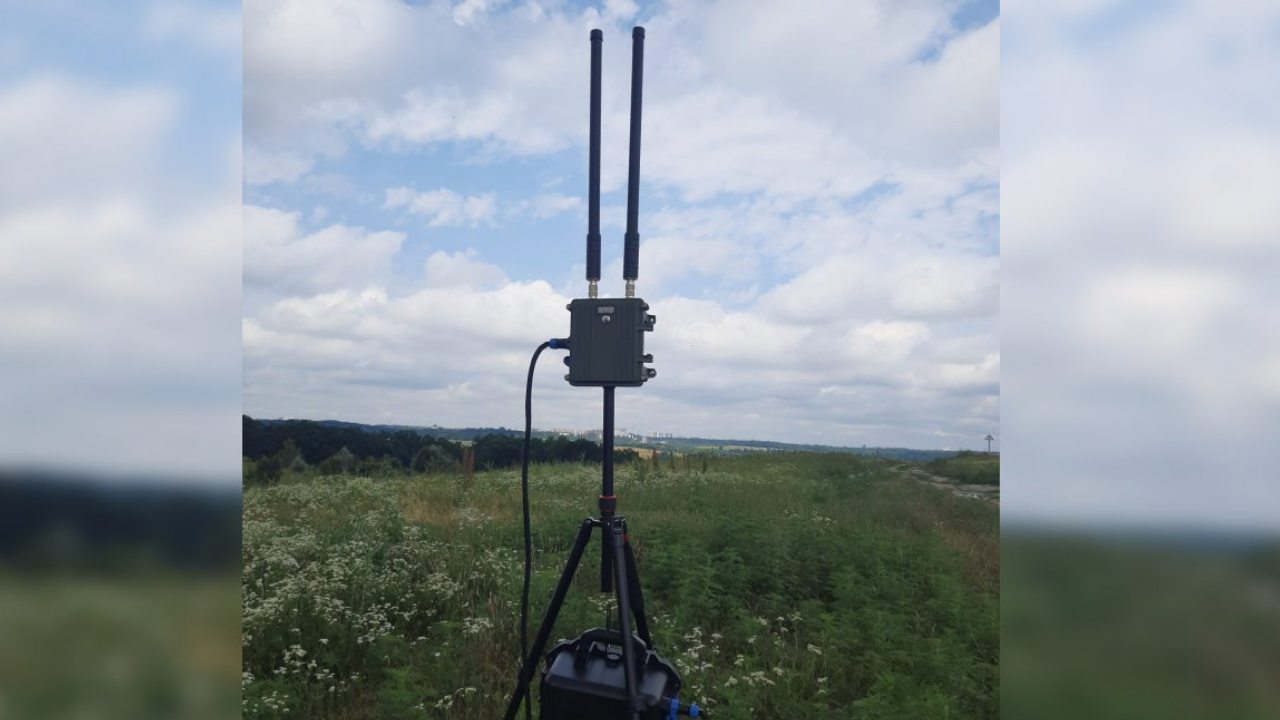An anti-drone system is a sophisticated technology that detects, identifies, and mitigates the presence of unmanned aerial vehicles (UAVs) in certain airspace. These technologies have become more important as drones are utilized for a variety of applications, generating issues about privacy, security, and safety.
Anti-drone systems often incorporate a variety of detecting technologies, including radar, radio frequency (RF) sensors, optical cameras, and sound sensors, to ensure complete coverage. When a drone is identified, anti-drone systems can use a variety of countermeasures to mitigate the threat. Signal disruptors, RF jammers, and even more advanced technologies, such as net capture or counter-drone drone deployment, may be used as countermeasures.
The ability of an anti-drone system to differentiate between authorized and unauthorized drones, adjust to evolving drone technology, and perform in a range of environments, including large-scale public gatherings and urban areas, is crucial to its effectiveness. Legal and ethical issues in the anti drone system are crucial when implementing anti-drone devices, including adherence to local norms and privacy legislation.
Selecting the Appropriate Anti-Drone Device
As the use of drones grows in numerous industries, the demand for robust anti-drone technologies becomes more crucial. Whether you’re protecting key infrastructure, securing public events, or maintaining privacy in restricted regions, choosing the proper anti-drone solution is crucial. This in-depth article delves into the major variables and considerations to help you select the best anti-drone devices for your individual needs.
Consider Your Requirements
Define Your Objectives
Clearly describe your goals for implementing an anti-drone system. Determine if you require detection, mitigation, or both. Consider the size of the protected area, the level of security required, and the risks associated with unauthorized drone activity. Compliance with local legislation regarding the use of anti-drone equipment is critical. Some governments have strict restrictions in place to avoid interference with other electronic systems while installing anti-drone measures.
Detection Capabilities
Range and Coverage
Evaluate the anti-drone system’s detection and coverage ranges. Consider the size of the area you need to protect and select a system that will provide adequate coverage. Different technologies, including radar, RF sensors, and cameras, have varying ranges, so match your choice to the exact needs of your area.
Multi-Sensor Integration
Choose systems that incorporate numerous sensors for improved accuracy. Combining radar, RF spectrum analyzers, and optical sensors can provide a more complete and dependable detection capability. Multi-sensor integration reduces the number of false positives while improving overall system performance.
Mitigation Techniques
Non-Kinetic vs. Kinetic Solutions
Differentiate between non-kinetic and kinetic counter-drone solutions. Non-kinetic techniques include signal jamming, GPS interruption, and spoofing. Kinetic solutions include physically disabling or capturing drones. Consider the ramifications of each strategy and make your decision depending on the intended amount of intervention and the potential impact on other systems.
Adjustable Response Levels
Look for systems with configurable response levels. Depending on the threat situation, you may require varying levels of mitigation. A flexible system enables you to customize your response to the unique scenario, minimizing disruption in non-critical cases while escalating to stronger measures when necessary.
Technological Considerations
Scalability
Consider the anti-drone system’s scalability. Choose a solution that can easily be scaled to handle changes in the size of the protected area or changing security requirements. Scalable systems offer long-term versatility and adaptability to changing conditions.
Interoperability
Assess the anti-drone system’s interoperability with current security infrastructure. Check that the system can integrate with other surveillance technologies, access control systems, and communication networks. Interoperability increases total situational awareness and response capabilities.
Budget Considerations
Total Cost of Ownership (TCO)
Consider the total cost of ownership over the system’s lifecycle. Consider not only the original purchase price but also future maintenance, training, and upgrade options. Consider the overall benefit that anti-drone technology brings to your security architecture. Determine the probable return on investment based on the benefits of the anti-drone system.
Environmental Factors
Weather Resistance and False Positive Rates
Evaluate the system’s robustness in different weather situations. Depending on your location and operational needs, select an anti-drone solution that can withstand rain, snow, wind, and other climatic conditions. Look for anti-drone systems that use modern algorithms and machine learning to reduce false alarms while retaining high detection accuracy.
Final Words
Choosing the correct anti-drone system is a strategic decision that must be carefully considered in light of your individual needs, legislative environment, and operational constraints. Remember that the threat landscape is constantly changing, and choosing a flexible and scalable anti-drone solution enables flexibility for new threats. Collaborate with credible vendors, stay current on technical changes, and prioritize a solution that is tailored to your organization’s specific security posture.

